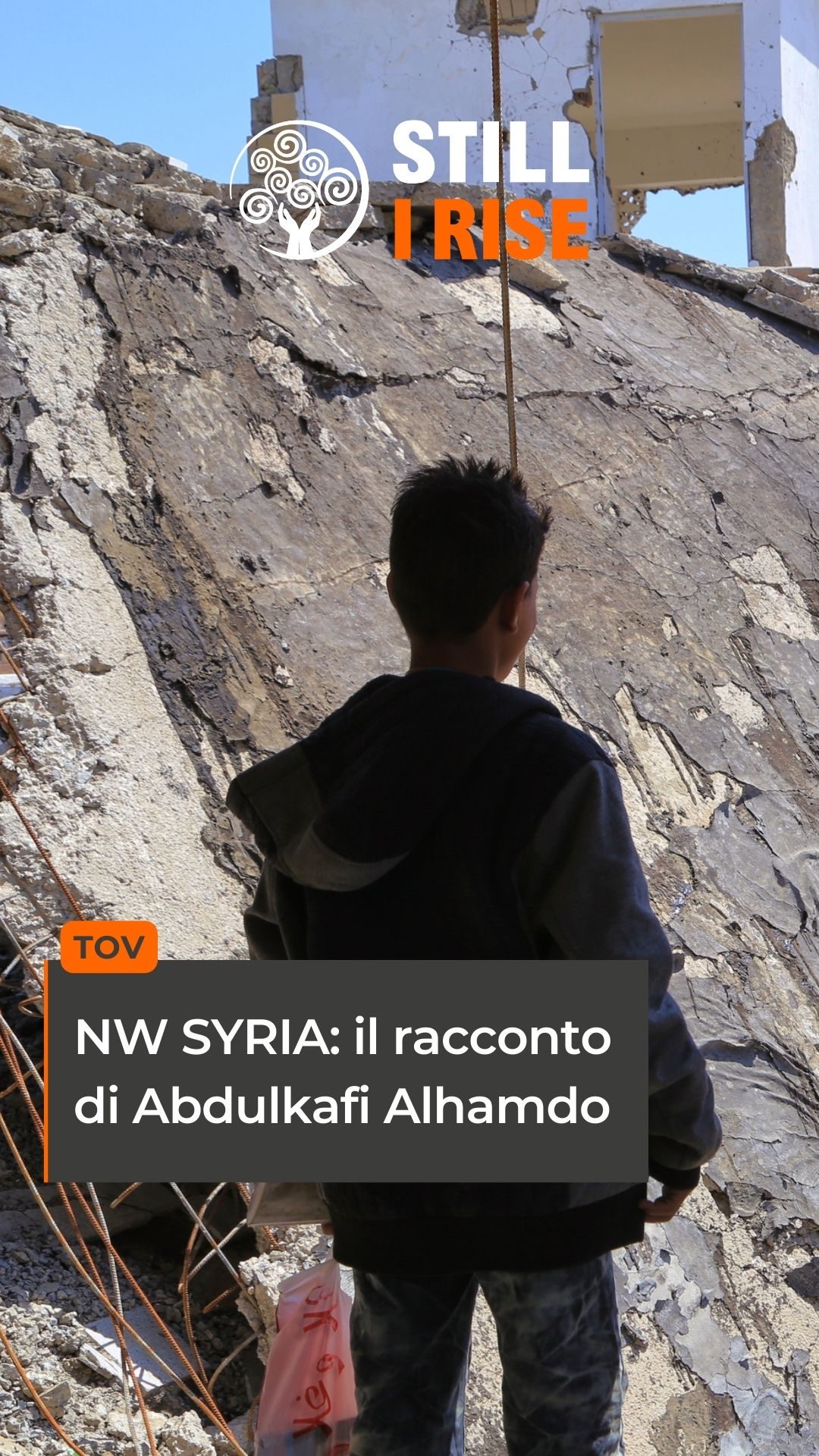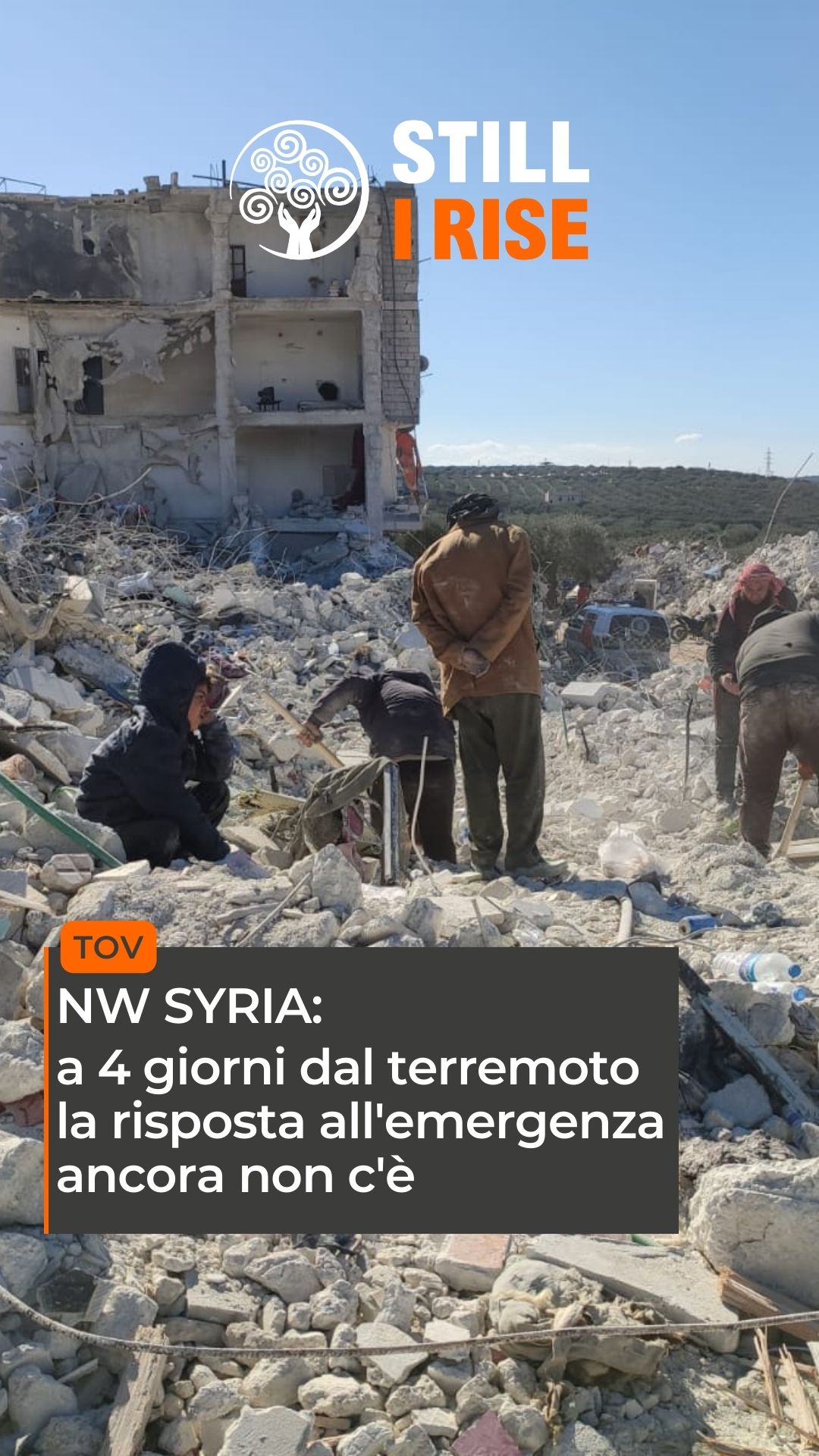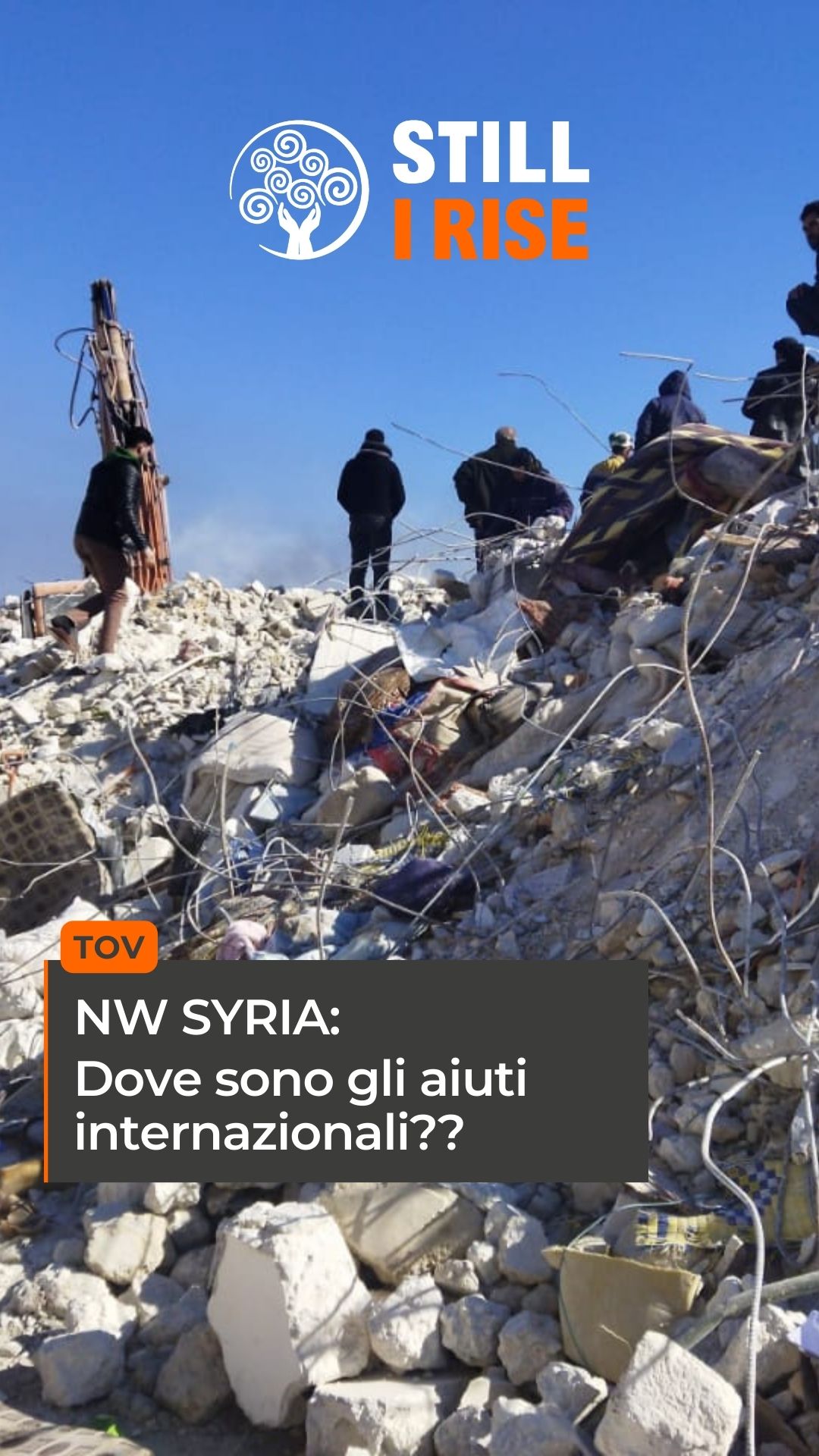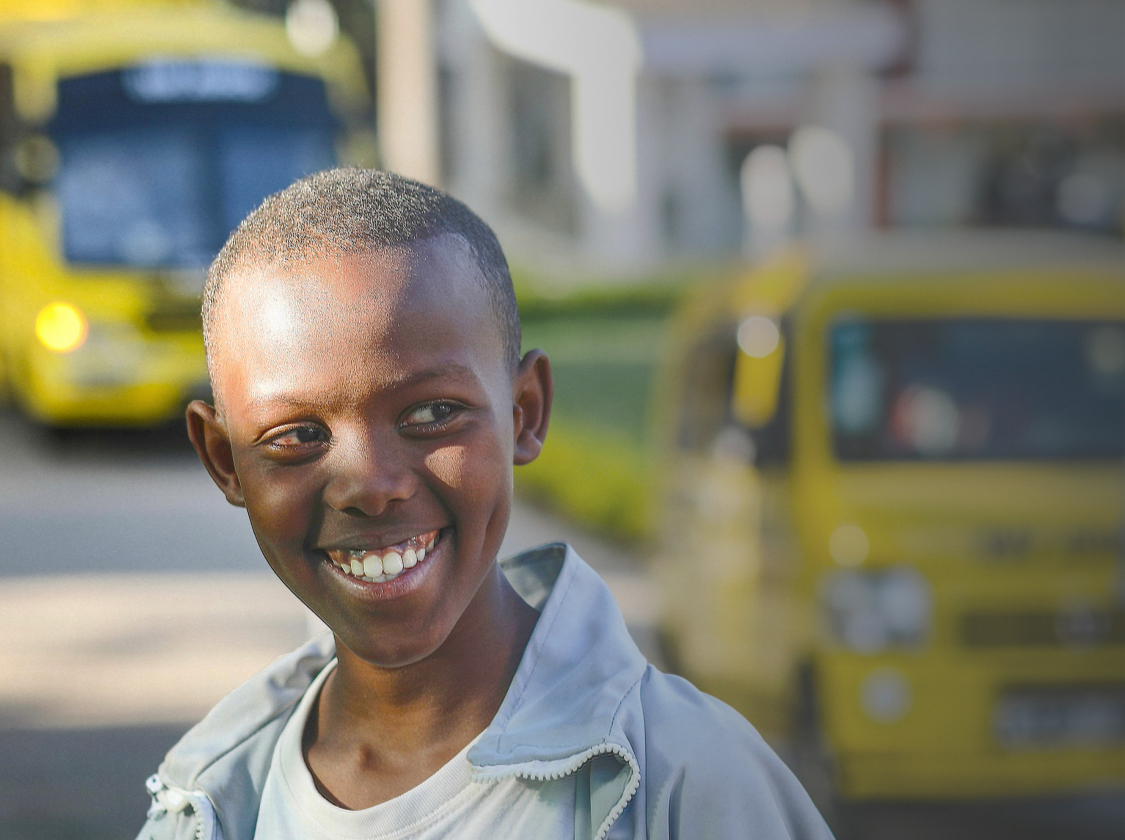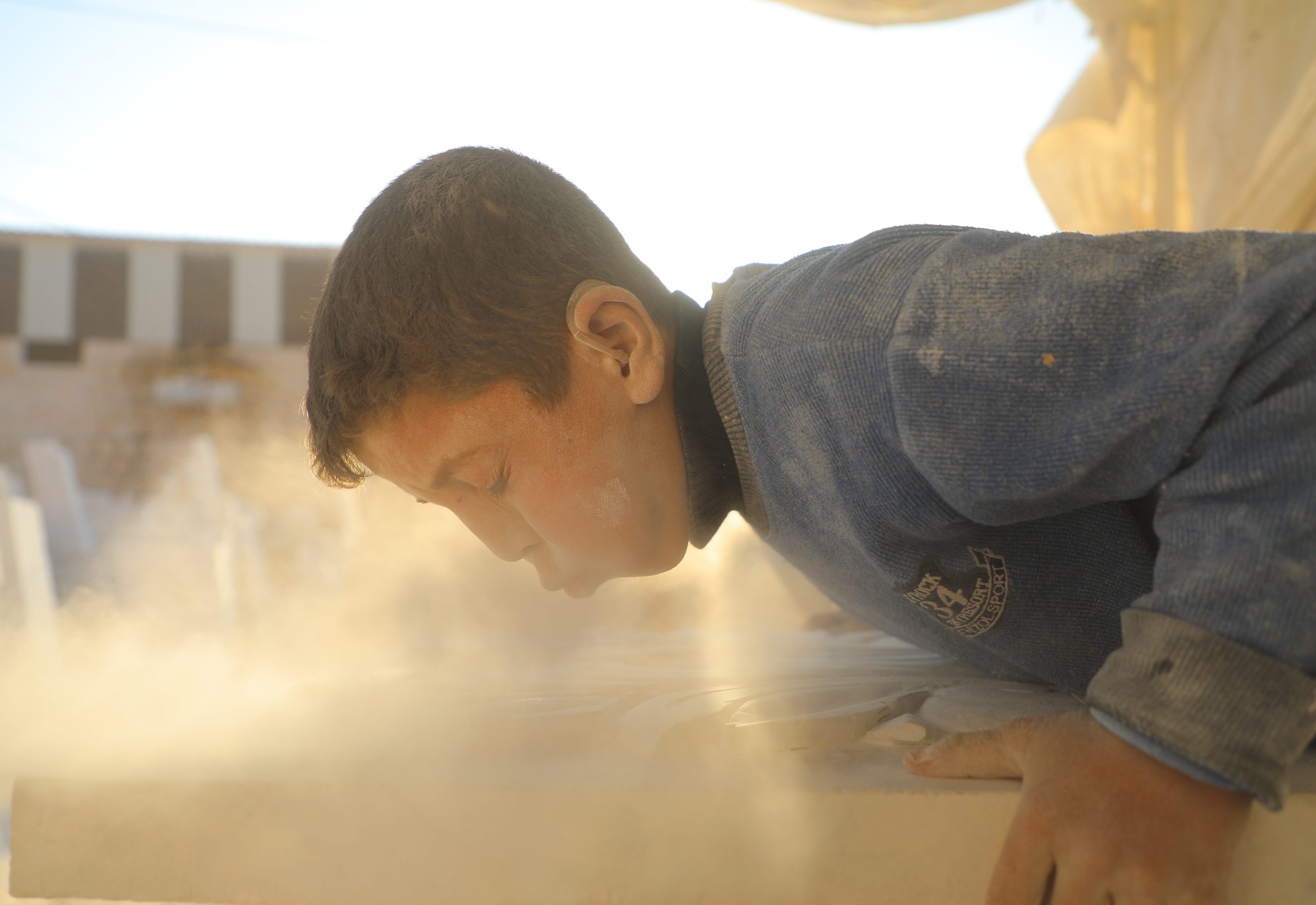
SYRIA
A country on its knees. A hope that endures.
A crisis lasting more than a decade
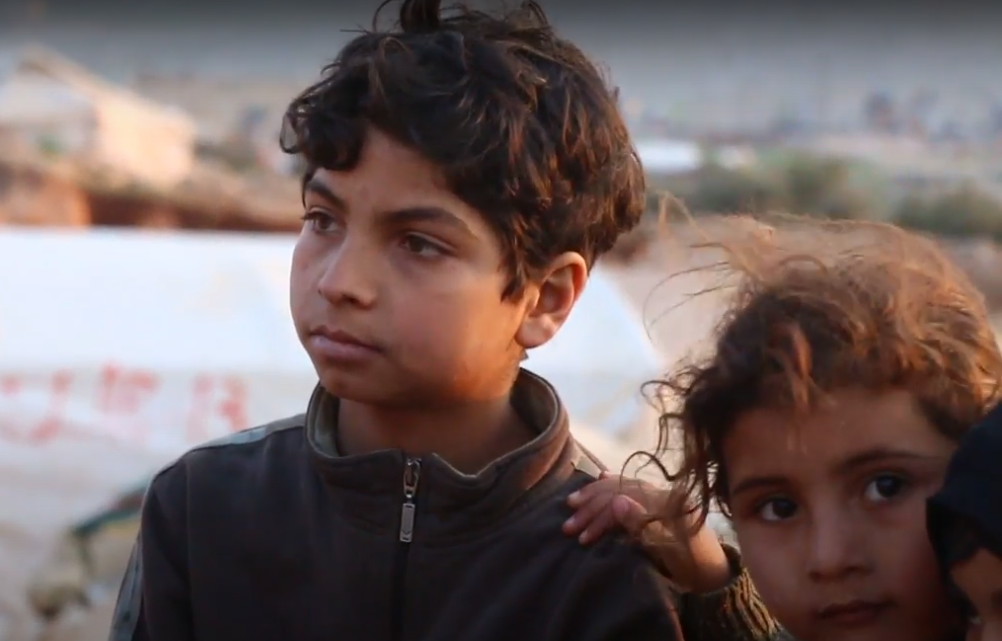
Children on the front line
Nationwide, 2.4 million Syrian children are out of school. In the Northwest, an estimated one in two children is outside the education system. Entire generations are growing up without formal schooling, often forced to work, marry early, or simply survive in extremely dangerous environments.
The fall of the regime has not changed this reality: in the most unstable areas, schools remain dangerous, damaged or occupied by armed groups. Desperate families are forced to choose between education and survival.
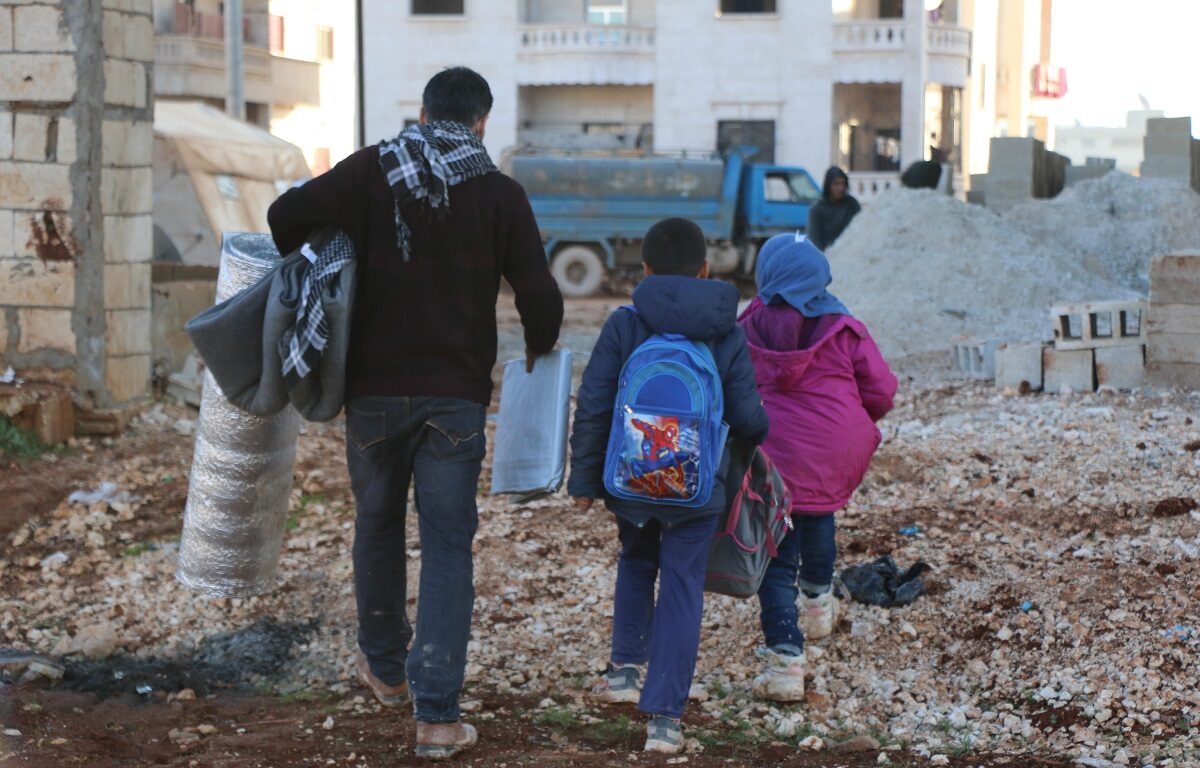
Humanitarian emergency at a standstill
The humanitarian crisis in Syria remains one of the worst in the world. Access to food, water, healthcare, and safe shelter is limited or non-existent. Epidemics - such as cholera and dysentery - are on the rise, especially among children and the elderly. Prices of essential goods have skyrocketed, and many families can no longer feed their children. Local clinics are overcrowded, with few doctors and almost no medicine.
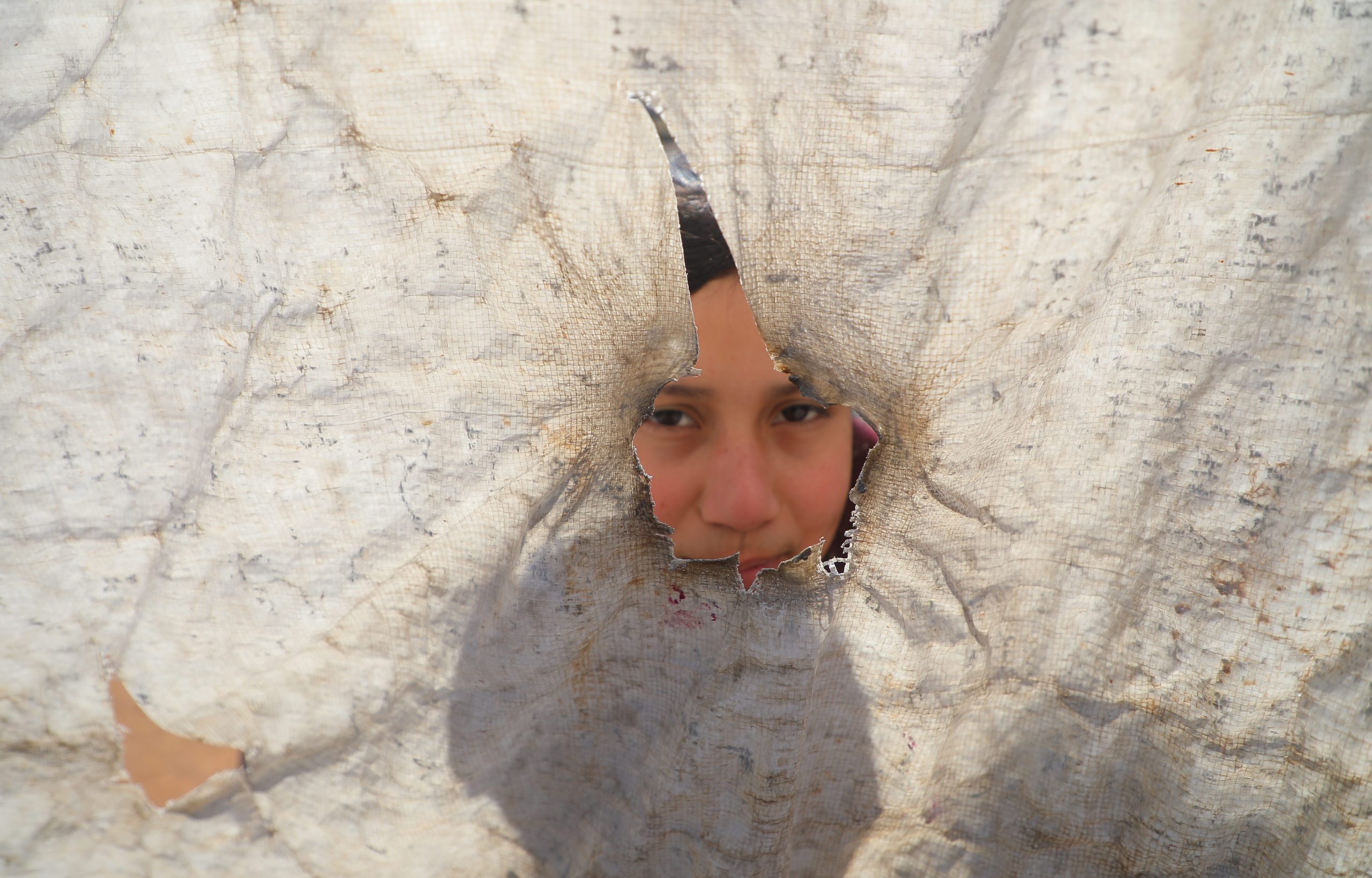
Collapse of the education system
The collapse of the school system reflects the pervasive impact of the conflict on the present and future. With nearly 2 million children of school age, nearly half in northwest Syria are deprived of education. Economic pressures, combined with a shortage of schools and staff, contribute to a significant drop in attendance during adolescence making education a privilege for the few rather than a universal right.
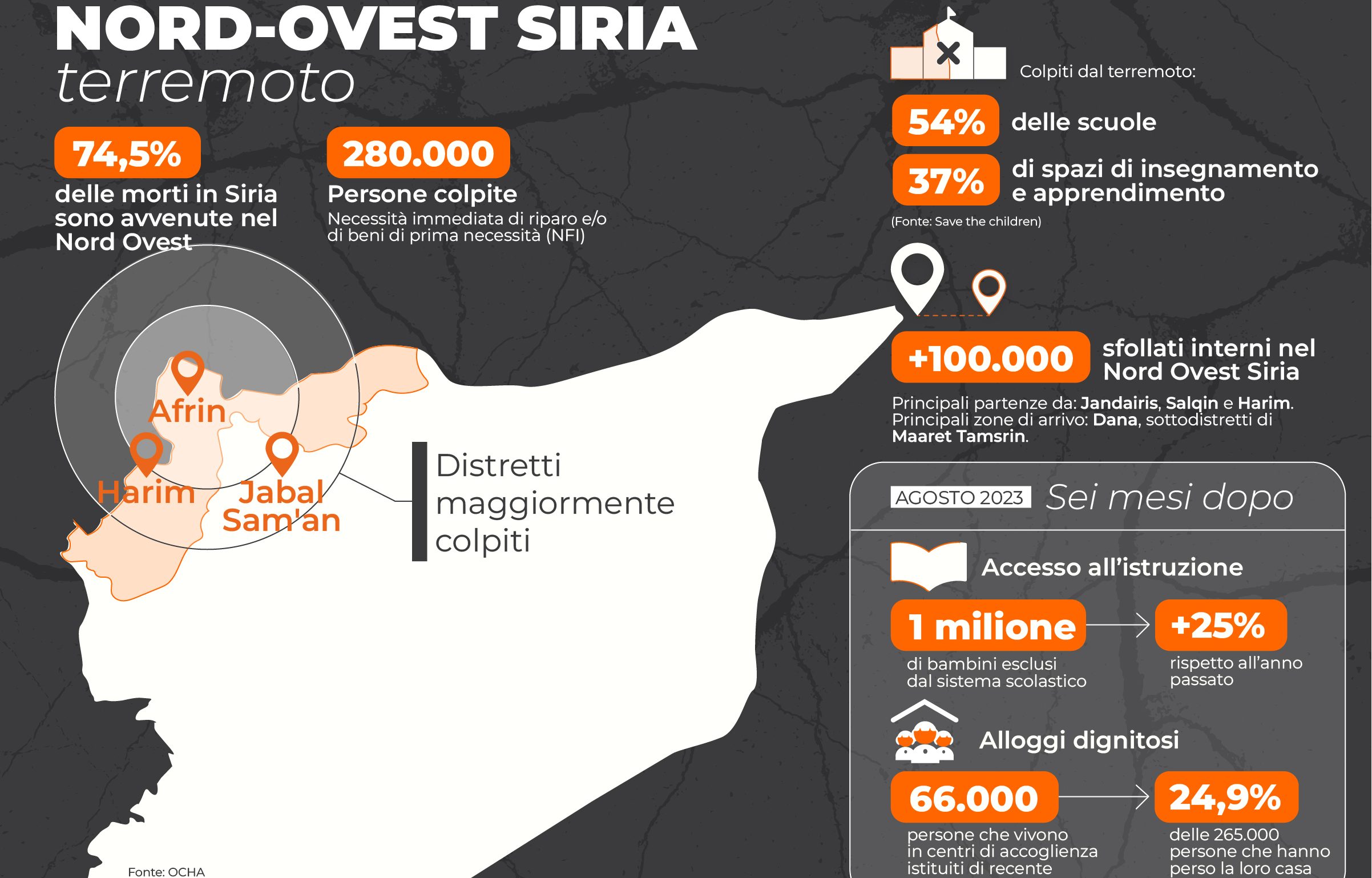
The earthquake
The earthquake that took place on February 6, 2023 killed 6,392 people across Syria, with more than 70 percent of the deaths in opposition-controlled areas in the northwest of the country. Here the border crossing with Turkey remained closed and no support arrived for days. Several people lost their lives under the rubble after the earthquake because no aid was allowed in to save them.
